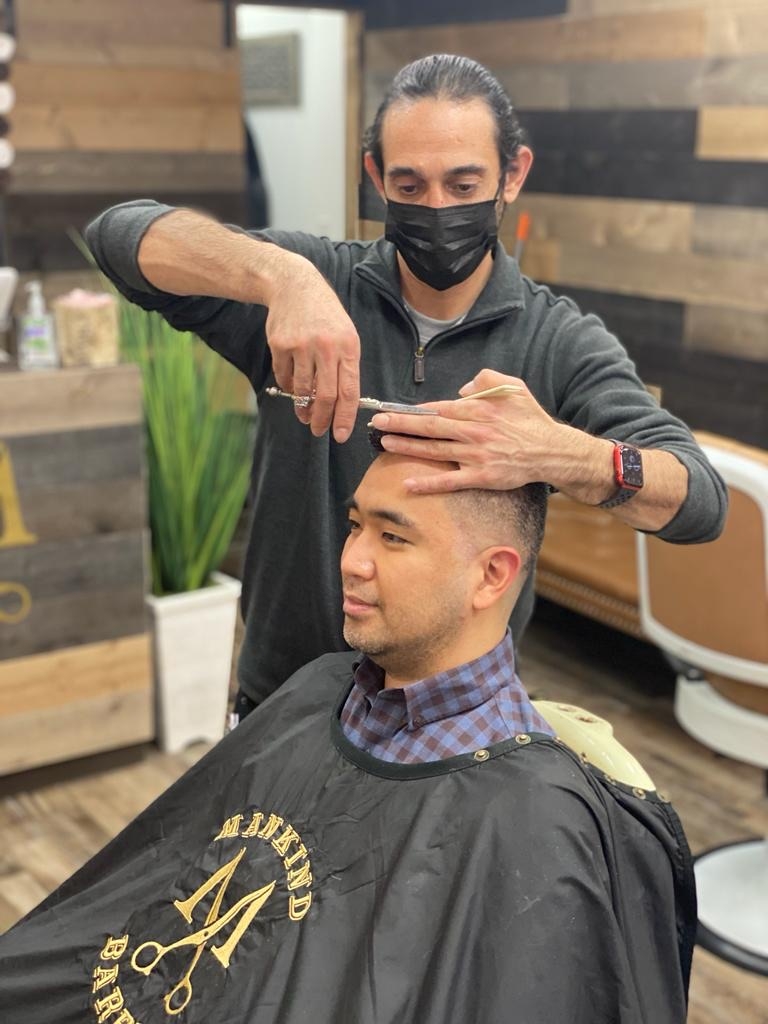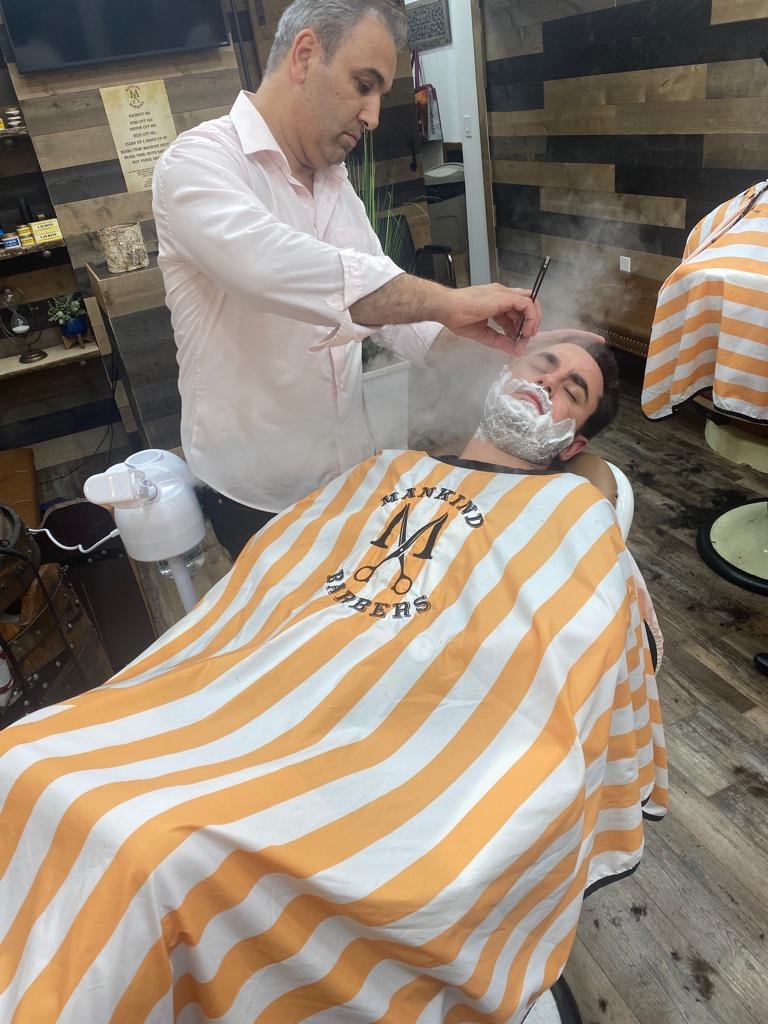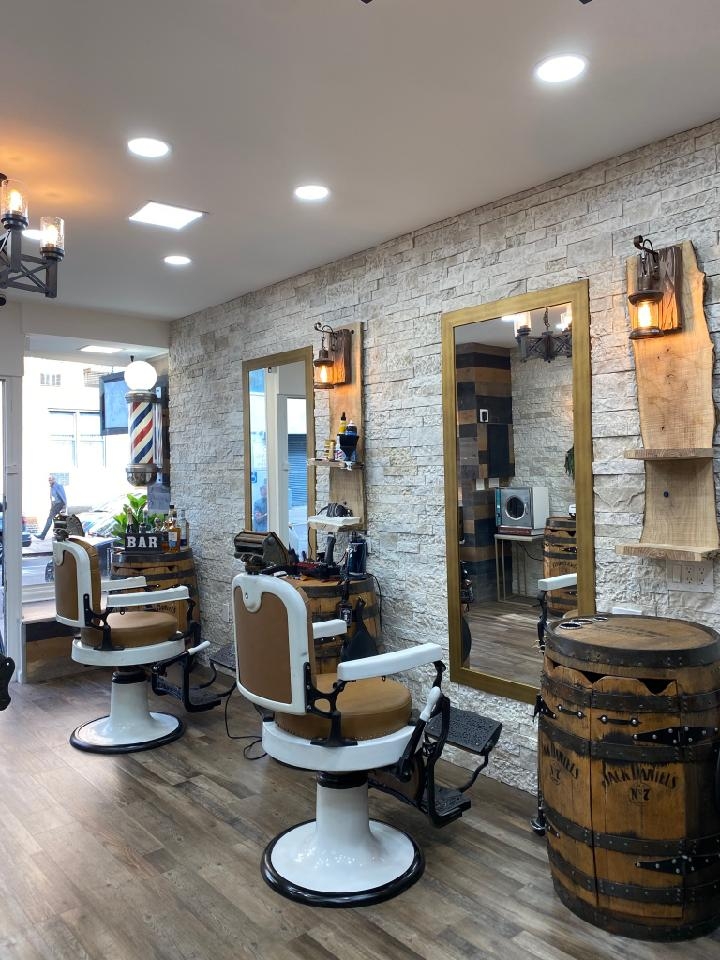Blade Sharpness Considerations
How does the angle of the blade edge affect its sharpness?
The angle of the blade edge plays a crucial role in determining its sharpness. A narrower angle, such as 15 degrees, will result in a sharper blade compared to a wider angle, like 30 degrees. This is because a narrower angle allows for a finer edge, which can slice through materials with more precision. However, a narrower angle also means the blade may be more prone to chipping or dulling quickly if not used properly.
Shaving Against the Grain Tips



